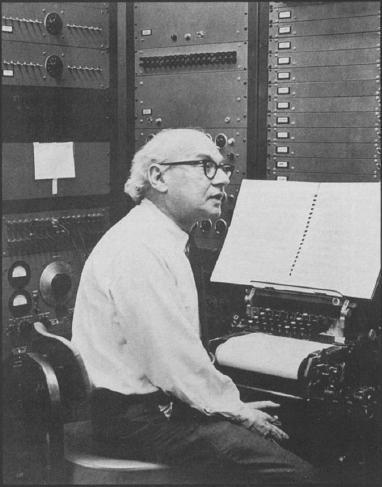Field terminology in translation

A lot of people think that a good translator can transform any text into another language with no preparation. This works only with general communication. I usually tell the customers: Can you please open a book of nuclear physics or molecular biology in your native language! Do you understand a lot? Can you please translate it at once?” The main thing about translation is ability to understand the subject. Otherwise translation would be replaced by a mechanical transformation of one word into another made by the computer. In fact the machine translation can only make you smile (if not speaking about primitive texts, letters). You can translate one word differently in various contexts, and a computers as well as non-experienced translator make the same mistake: they can not decide what variant to choose. The dictionaries, even special ones, are useless as every technical or business terms are polysemantic, suitable for different contexts.
For example, the word “seal” is polysemantic and has following meanings: 1. a device impressed on a piece of wax, moist clay, etc 2. a stamp, ring, etc, engraved with a device to form such an impression 3. any substance or device used to close or fasten tightly 4. a small amount of water contained in the trap of a drain to prevent the passage of foul smells .5. to approve or authorize, etc. If a translator does not know the difference between them, he could not choose the right one. Furthermore, usually the meaning of A is known, the meaning of B is known but it doesn’t mean that AB=A+B, it can be C, which is not similar to the meaning of each word or their combination. A good example is the German word Ortsbruststuetzung which is a combination of three words face+breast+support, but in whole it doesn’t mean to strengthen the breast of coal-face, it means face support.
Sometimes there is no such term in dictionaries and you need to look for special manuals, surf the Internet, and consult with experts. Often the terminology in the field of science is not adopted yet. In other words there are no equivalents for many words and, of course, people have to invent their own terms, to invent their own jargon. In Russia a lot of people who work with machinery or specific equipment use transcription of English words for such terms. For example they use word ‘jet’ (джет) in Russian and when a translator use another word to translate it into Russian they get surprised and don’t understand what he talks about.
That is why we always ask customers:
1. to send samples of similar translation made before, containing similar terms. If they can not give us such documents we turn to Internet.
2. to send corporate glossary (in case a firm has its own translation department) or TM (translation memory)
3. for consultations with engineers and other specialists which may not know foreign language but knows the right name of a detail in Russian. A translator can describe a detail and an engineer will tell what the right name for it is.
Pictures, schemes and other additional materials are valuable in technical translation. If you can read drafts it is more important than know foreign phraseology and ability to cite famous authors. That is the main reason why the best technical translators are engineers, not linguists.

 Cash payment
Cash payment  Yandex.Money: 410012433351166
Yandex.Money: 410012433351166 Qiwi: 9080789885
Qiwi: 9080789885 Non-cash payment: INN 7451284037
Non-cash payment: INN 7451284037